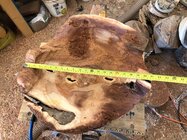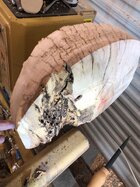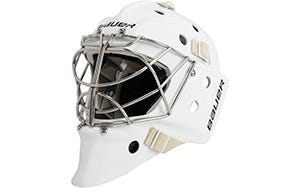Odie
Panning for Montana gold, with Betsy, the mule!
In 43 years of turning bowls on a lathe, I've only had two in memory that have broken up. Both times there was a telltale sound that warned me that something was wrong, and I thankfully shut down before there were flying missiles! Now admittedly I don't usually turn rotten suspect pieces of wood, but those pieces that I do turn sometimes have some indication that there is possible danger......and I usually avoid the obviously problematic chunks of wood.
(This does not include the newbie experiences I've had when wood broke up on the lathe because of mishandling of tools. What I'm addressing here is wood that breaks up because of flaws in the wood itself.)
Now I have a question for the more experienced turners here who have had a breakup while turning. Do you remember hearing a telltale change in the sound that tells you something drastic was about to happen?
=o=
(This does not include the newbie experiences I've had when wood broke up on the lathe because of mishandling of tools. What I'm addressing here is wood that breaks up because of flaws in the wood itself.)
Now I have a question for the more experienced turners here who have had a breakup while turning. Do you remember hearing a telltale change in the sound that tells you something drastic was about to happen?
=o=






